
ABOUT SCOTT FRANKLAND
Scott Frankland is Head of Content at Sengerio. His spirit of inquiry leads him to the world of transportation and mobility to connect with the industry’s leading experts and shine a light on the hot topics.

A tricky question— one that has been debated for decades.
Nowadays I’m always somewhat perplexed as to why it’s easier to find out the characteristics of a bad leader rather than a good one.
From narcissism to machiavellianism, the so-called dark triad is seducing psychologists’ attention and as a result, plenty of modern research focuses heavily around the negative connotations that can sometimes accompany leadership.
Is the bad leader really what makes a good leader? Or is a good leader whatever the bad leader is not?

Armchair theorizing aside, I’m sure you are as tired as I am of seeing bad leaders steal the headlines all the time.
The truth is we all have some innate tendency to recognize what good leadership looks like.
Some of us are fortunate enough to be born with certain characteristics that give us the competitive edge when competing for leadership positions while others have to hone their skills to get to the same level.
But if there’s one common denominator to the argument as to whether leaders are born or made it’s that both require one fundamental skill— the ability to develop.
Development is crucial for any successful leader, great leaders are great learners, and by improving yourself in order to share your wisdom with your team will you ultimately drive your company up the street to success.
In this article, we’ll journey through the top 5 qualities transport leaders need to know this year and connect with forward-thinking leaders to learn from the best.
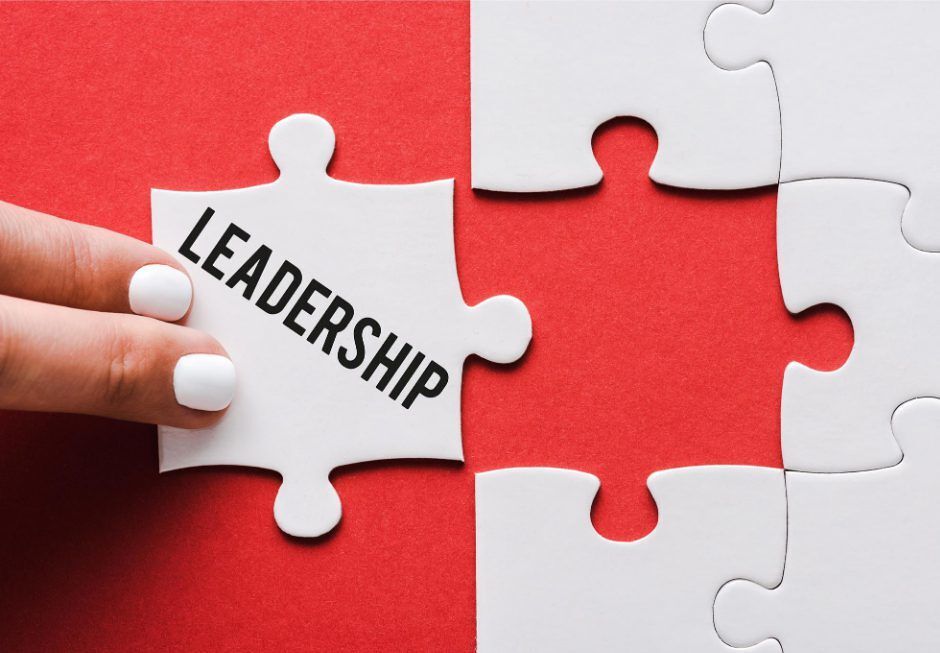
There’s a lot of hype about being a leader.
The power and respect that comes along with managerial positions sounds enticing to the majority of us.
But calling the shots around the company is really only the tip of the leadership iceberg.
Below its surface, leadership has the pivotal role in the development of any company and is an essential management function that enhances and optimizes productivity in order to achieve company objectives.
Good leadership sets in stone an inspiring vision of the company’s future and inspires people to engage with that vision.
Good leadership paves the way to reach its vision by building a team of like-minded professionals to effectively arrive at future milestones.
And it’s up to an efficient leader to carefully knit together all the required skills to do these things.
Especially in the passenger transport industry, it’s almost impossible to escape the constant fluctuations of the business world.
With the economy currently experiencing flat tires and a market that’s low on gas, there’s no doubt that it’s a bumpy period for any leader in the transport industry.
Today’s transport leaders need to take the wheel and ensure that their company keeps up with these changes in order to not be left behind.
So what does the world look like for today’s transportation leaders?
Let’s look at 5 essential qualities every transport leader needs to keep in mind during a somewhat peculiar and unpredictable era in the industry.

Number 1 on this list that is by far the simplest but most fundamental (and rather existential!) — remember why you’re in the business.
While this may be seemingly obvious to new leaders and have experienced leaders reminiscing, it can be easy to forget your original motivation for leading the company in the first place.
Transportation is a solution. And underneath the heaps of operational metrics and statistics lies the real answer to somebody else’s problem.

You can apply all the fancy philosophical logic you want, but transport companies supervene on problems that require their solution; rendering the problem an essential aspect of their ontology.
As a transport leader you must always be on the lookout for problems where your company can provide the solution. Be a first-rate problem-solver, no matter where on the transport spectrum you’re operating.
Now, recognizing market trends and identifying its gaps isn’t everybody’s forte, but it is a skill today’s leaders definitely need to sharpen.
Networking is an excellent way to connect with like-minded professionals who enjoy discussing in which direction the industry is going.
Given that the majority of networking events are on the decline (for obvious reasons), it is worth paying particular attention to your digital networking activity. Networking platforms, mainly Linkedin, provide leaders with the necessary tools to reach out to thousands of other professionals, anywhere in the globe.
Digital networking comes with many advantages; you can connect with people that would otherwise be unreachable, find and join relevant groups according to your interests, and allows you to commit to staying active!
But a good problem solver is never satisfied by taking the obvious solutions. A good problem solver is able to explore several solutions and apply a touch of creativity to other productive ways to resolve the problem.
Which leads me to my next point…
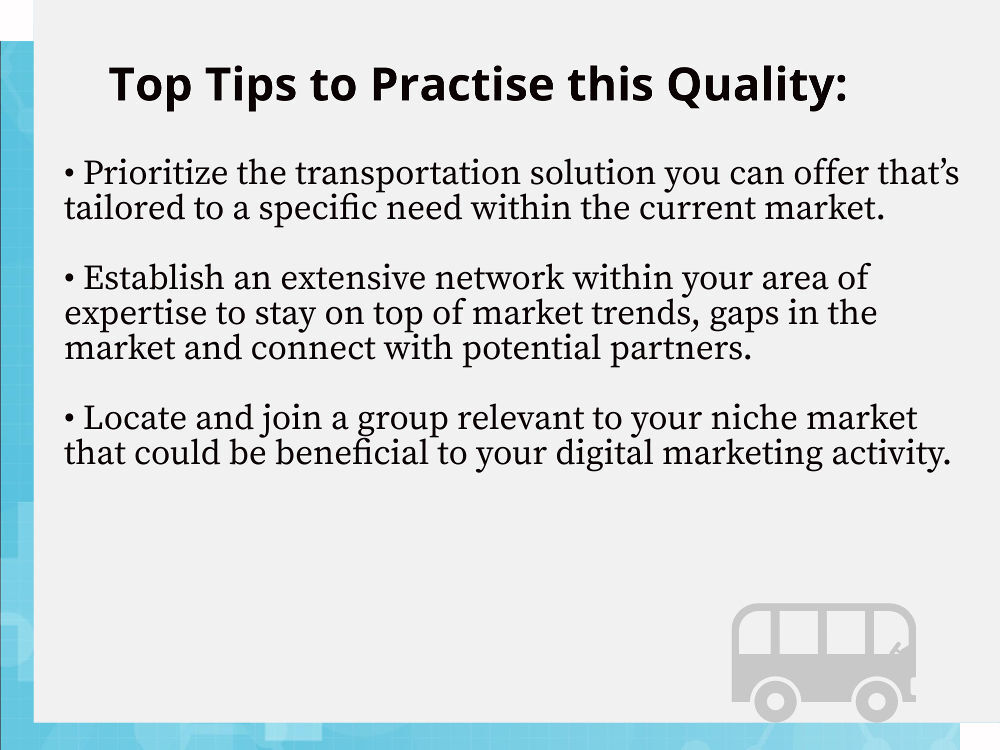
Relax, you can put down your copy of Sun Tzu’s ‘The Art of War’.
I’m not here to tell you how they did things in Ancient China.
But if there’s one thing to take away from Tzu’s exemplary military leadership it’s the importance of having a long-term objective in mind— a strategy.
Strategy is the art of planning how you’re going to achieve a long-term objective or overall aim (not to be confused with tactics that are orientated toward objectives of a shorter time frame!).

Strategic thinking skills are crucial for any leader who must be able to recognize themes and tends accompanied by an innate ability to envision big ideas.
Having identified a hole in the market that your transport company can certainly fill, how do you plan on doing that?
Naturally your long-term objective is to provide this solution while bringing in as much revenue and customer satisfaction while you’re at it. But as with life, there are many roads and you need to choose the right one— good leaders are able to tailor their strategic ideas to achieving specific results.
With a market that’s heavily influenced by its environment, transport companies and their leaders must constantly analyze their situation and accommodate the market’s flux.
To do this, the PEST analysis is a nifty strategic tool that’s used to identify and analyze the external and internal factors that can affect a company’s performance.
Many businesses have applied this type of analysis to effectively shape their strategies and project the future growth of their company.
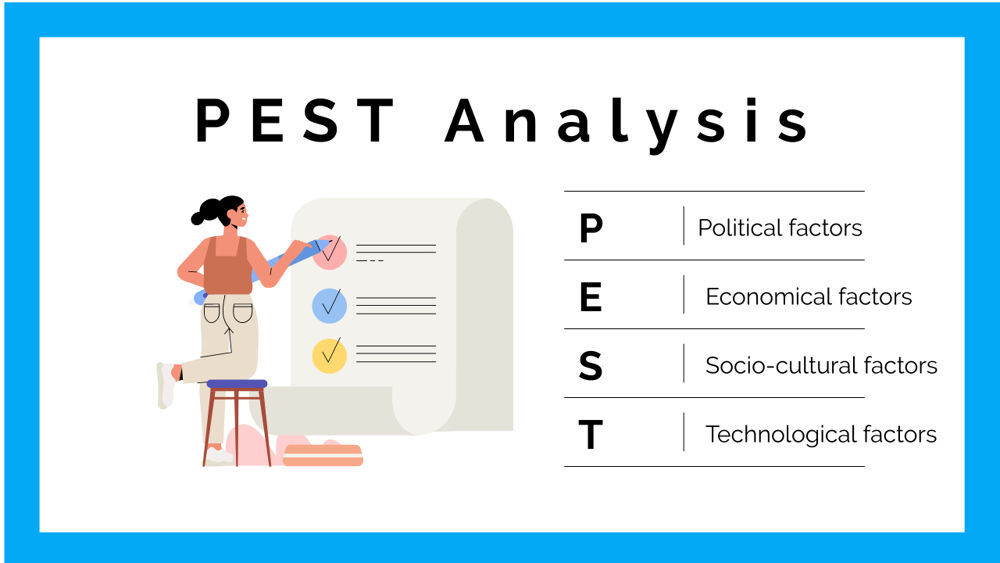
Let’s take a look at the PEST analysis in a little more detail in the context of a passenger transport company in the U.S.
• P for Political factors
Consider the current political climate in the U.S. With the President promising a larger stimulus package a lot is at stake for private transport companies across the country.
If the speculated $1.9 trillion package is passed by Congress, the dedicated CERTS Act could receive much more support and we could see the industry reignite as early as this year.
• E for Economic factors
With the motorcoach industry operating at a rate of 10-15% compared to what it was pre-covid, there is zero demand for new vehicles.
As a result, expect to see an abundant amount of pre-owned vehicles on the market until the industry’s state returns to how it was in 2019.
• S for Socio-cultural factors
The pandemic has reshaped how people travel and want to travel.
In my previous article I shined light on the anticipated rise in domestic travel once the vaccination program takes off.
This is inspiring Travel & Tour companies to look for new ways to entice the younger generation of travellers that want to travel safely and in style.
In fact I recently caught up with Margo DeRouchie, a Tourism & Hospitality Liaison at Pennsylvania’s Americana Region, who believes that in addition to the younger generation travelling more domestically, we’re going to see tour groups organize smaller and more intimate group sizes, with safety and cleanliness as pertinent messages to market the trips.
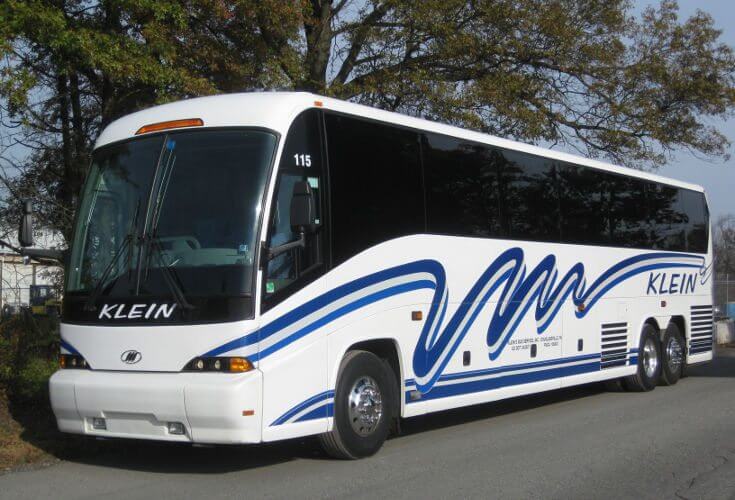
• T for Technological factors
As technology advances so too does the nature of transportation and its users.
Leading transport companies are acquiring digital solutions to streamline their operations (more on this later).
Another interesting factor that is making the headlines is 5G technology. 5G is expected to provide end-to-end connectivity across cities and allow vehicles to exchange data with operation centers and with each other to improve their reliability and efficiency.
In general, the takeaway message here is that analyzing your business environment gives you time to anticipate opportunities and plan as many alternative routes to arrive at them.
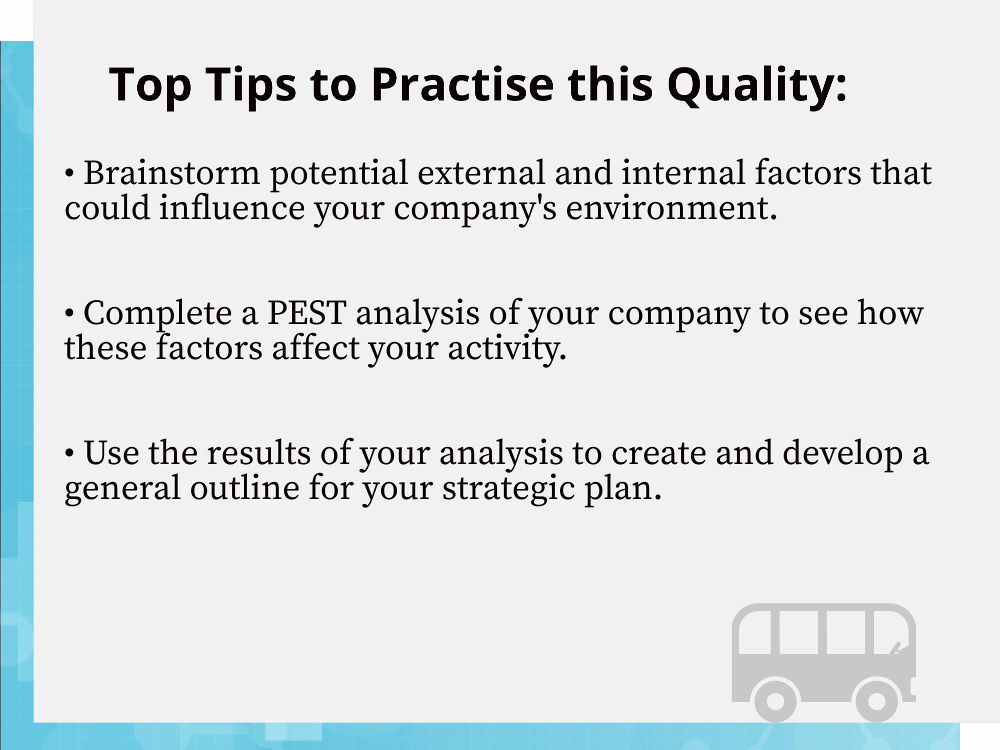
While we’re on the topic of environment—
Unless you’ve been living under a rock for the past 10 years you’ll be aware of the tremendous efforts the world is making to become greener and more sustainable.
Recently the largest global survey of public opinion on climate change ever conducted with 1.2 million respondents confirmed that people want cleaner transportation and, more importantly, cleaner buses.
In order to get a better understanding of how today’s leaders can adopt a sustainable mindset, I had a chat with Lyndel Fusello, the Transportation Program Manager at Genentech’s South San Francisco Headquarters, who’s part of their transport team that’s at the forefront of the green fleet revolution.
Over a third of Genentech’s pioneering commuter shuttle program is electric and it continues to electrify at an incredible rate. As Lyndel explains:

In our team we like challenging the norms and showing that we can do better. We look at where the industry is going and use that as our motivation.
Genentech’s transport team signed on to the Climate Group’s EV100 initiative that brings together companies committed to changing their fleets to electric vehicles by 2030.
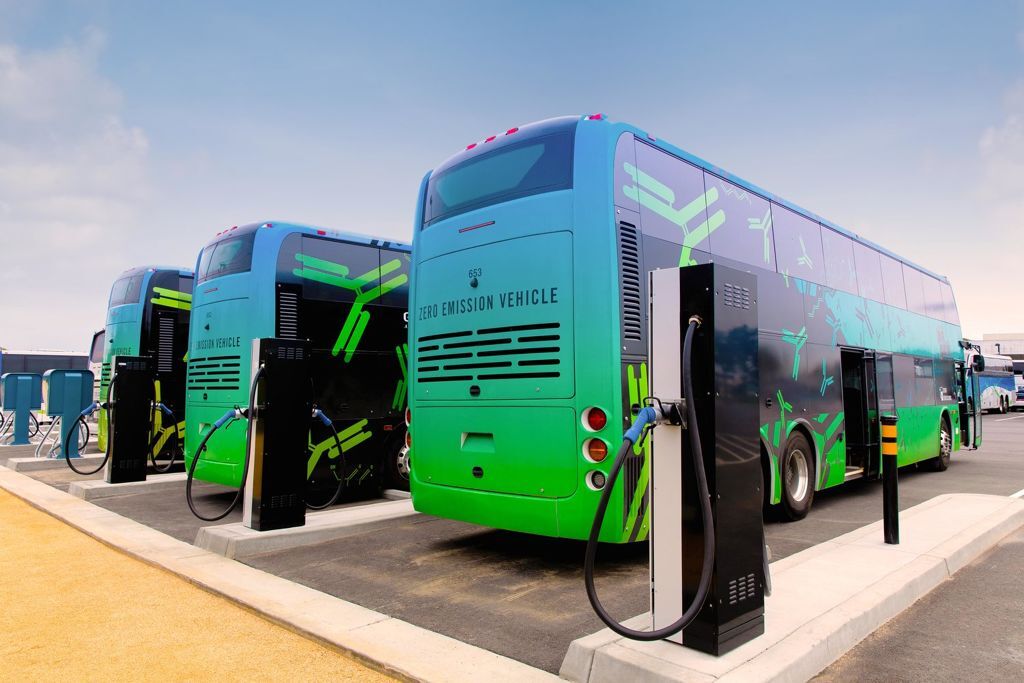
Although Genentech was already en route to achieving their sustainability goals, the initiative has helped to spread the awareness of their cause to its team, passengers, and local community.
Initiatives like this are a great way for transport companies to set realistic sustainability goals in a comprehensible and achievable manner so that the whole team can get on board.

It’s important for a team to really understand the benefits of your sustainability goals. So educating your team on the impact it has definitely motivates them.
Team members respond differently to goals so as a leader, you learn to frame your goals in different ways to communicate with all the members in your team more effectively.
This could be showing them the numbers and stories about how the company’s actions are helping its passengers and the community.
Despite the long list of payoffs sustainable transport entails such as improved air quality and reduced traffic congestion in urbanized areas, many transport leaders are reluctant to incorporate sustainability in their management strategy.
The newer the technology means the higher the cost, and this leaves transport leaders questioning why they should invest.
But as we march towards the inevitable phasing out of fossil fuel vehicles, it seems somewhat absurd to continue putting money into equipment that could soon be redundant.
Genentech represents a prime example of grand-master leadership by thinking so many moves in advance by not only investing in a cleaner fleet but the infrastructure that supports it.

There are companies like Genentech that have already taken the plunge to sustainable transportation and done it— and there were risks involved in that. But what you get out of that is a lesson to learn from.
So my advice is to reach out to the experts in the field and utilize research and resources that are available.
We’re all trying to get to the same goal which is greener transportation in general. So let’s all collaborate and help each other out.
Together, leaders can learn an important lesson from experts like Genentech to focus on the long-term objectives of their own company.
I’m pretty sure what Isaac Newton famously meant to say was that we can see further by standing on the shoulders of (tech) giants …Moving on.
Whether it’s electrifying your fleet or utilizing alternative fuels, today’s leaders should carefully consider the benefits of investing in a sustainable business road-map— even with limited resources.
By adjusting a single element of our behavior can leaders and transport teams collectively unite to provide a cleaner transportation that passengers desire.
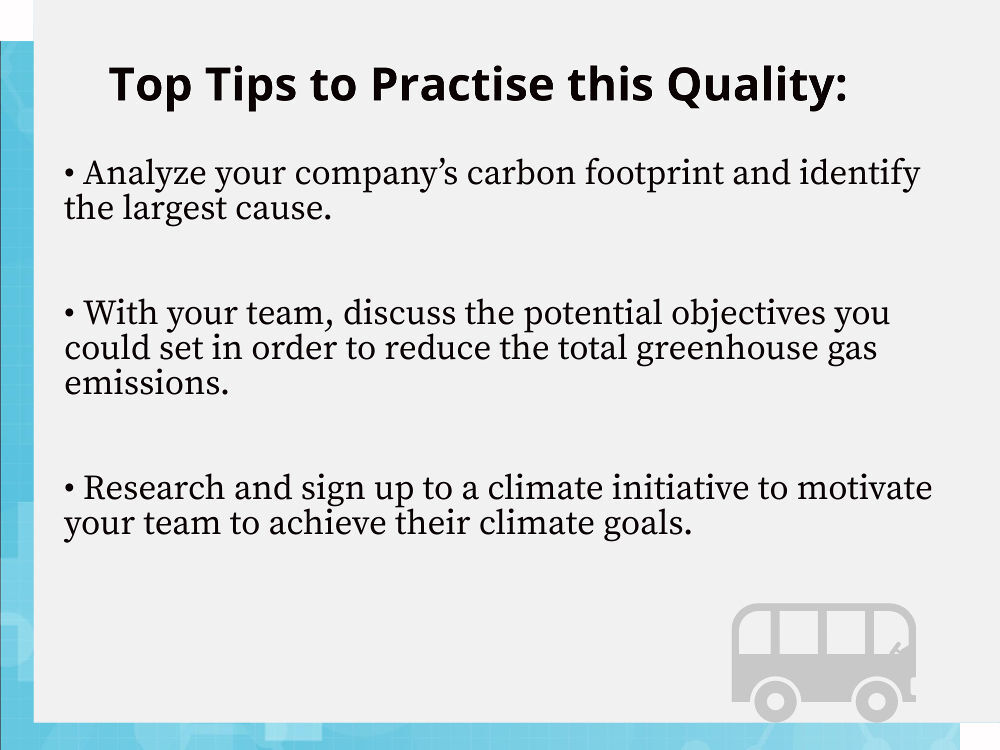
Many of our sustainability goals would be much more difficult to achieve if it wasn’t for the help of evolving digital solutions.
In fact, digital solutions offer a fast-track solution for almost every aspect of a business by improving the speed in which you complete tasks and are more cost efficient.

I asked the Founder & CEO of Sengerio, Michele Zaccaria, about the important factors leaders need to consider when thinking of digitizing a transport company. Michele explained that—

Today’s competitive leaders must be able to implement digital solutions to improve all aspects of management and replace pre existing solutions that hinder the evolution and scalability of the company; such as opting for cloud-based solutions that easily adapt to a company’s demands.
With regards to passenger transport, we need to utilize technology to bring out the best method to understand our clients’ needs so we can tailor strategies in accordance with these needs.
By being able to systematically collect clients’ experiences, we can understand and extensively analyze the clients’ satisfaction during each point of a given service. Furthermore, we can use this information to understand clients’ behavior when it comes to selecting a transport supplier. This is a particularly interesting factor that transport leaders should absolutely be exploring.
But before jumping on the next digital investment bandwagon, realize that leaders need to construct the ideal culture for the transformation to be successfully implemented. As Michele highlights—

The primary investment leaders must consider is educating and training the transport team in order to learn, manage, and develop a comprehensive foundation for introducing digital solutions.
Transport leaders, and every other form of leader for that matter, must prioritize the company’s service while using technology marginally. Only then can leaders slowly implement digital solutions to optimize specific aspects of the company such as accounting, customer engagement, and digital marketing.
That’s right. Prior to executing your digital transformation strategy you’re going to need another strategy to bring your team up to the level.
But know that there’s a plethora of help out there for companies looking to adopt digital solutions and need an extra help in hand to prepare the team— I would recommend reading this article that unpacks the topic in consumable chunks.
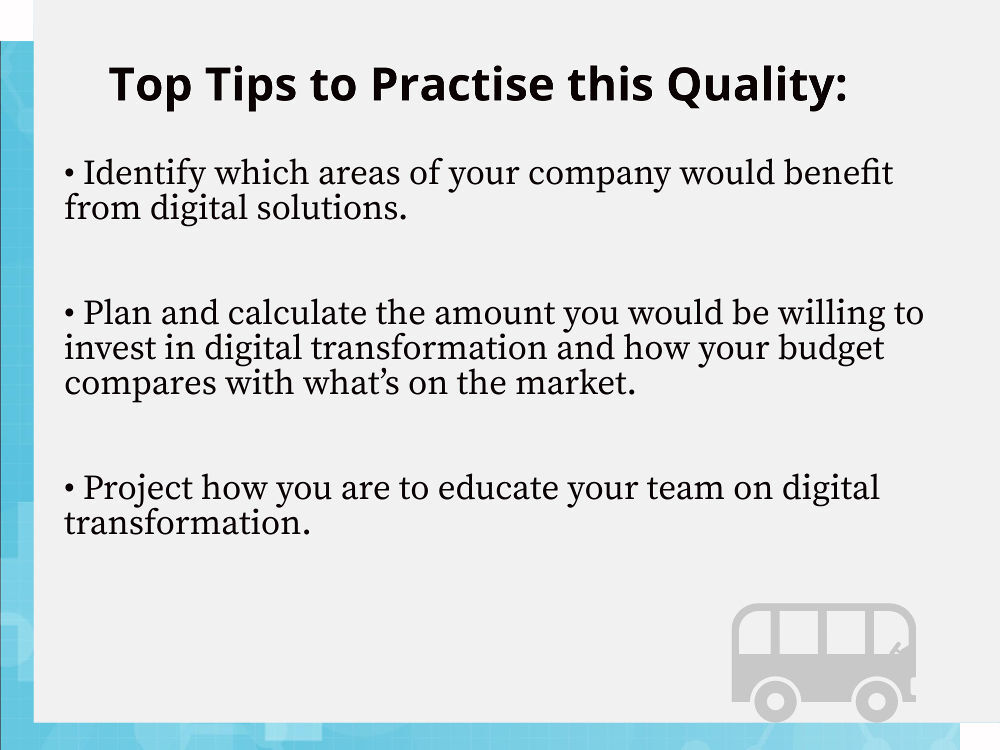
Transport leaders certainly have their hands this year as we still find ourselves in an unstable industry that’s going to be filled with rapid changes.
The longer the period of instability means that there are going to be new challenges leaders must confront later in the year.
As the saying goes – when the going gets tough, the tough get going – and it’s the best leaders that thrive under challenging conditions.
But successful leadership cannot be done solely by an individual.
Management is a team process and it’s up to leaders to ensure each member of the team is as important as any other.
Good leaders surround themselves with colleagues they trust to create an ambiance of confidence and respect. An ambiance in which communication and interaction among each professional helps consolidate the team’s efficiency and strategic management.
More importantly good leaders must be transparent with their team and lay out the expected competencies on their behalf so that once this is clearly mapped out leaders can iron out the potential wrinkles.
There are three factors that could prevent a team from fulfilling their long-term goals; a lack of knowledge, motivation, or the necessary skills.
For successful companies to be future-proof, good leaders are responsible for identifying where the team falls short of expectation and provide the correct guidance to get the team back on the right track.
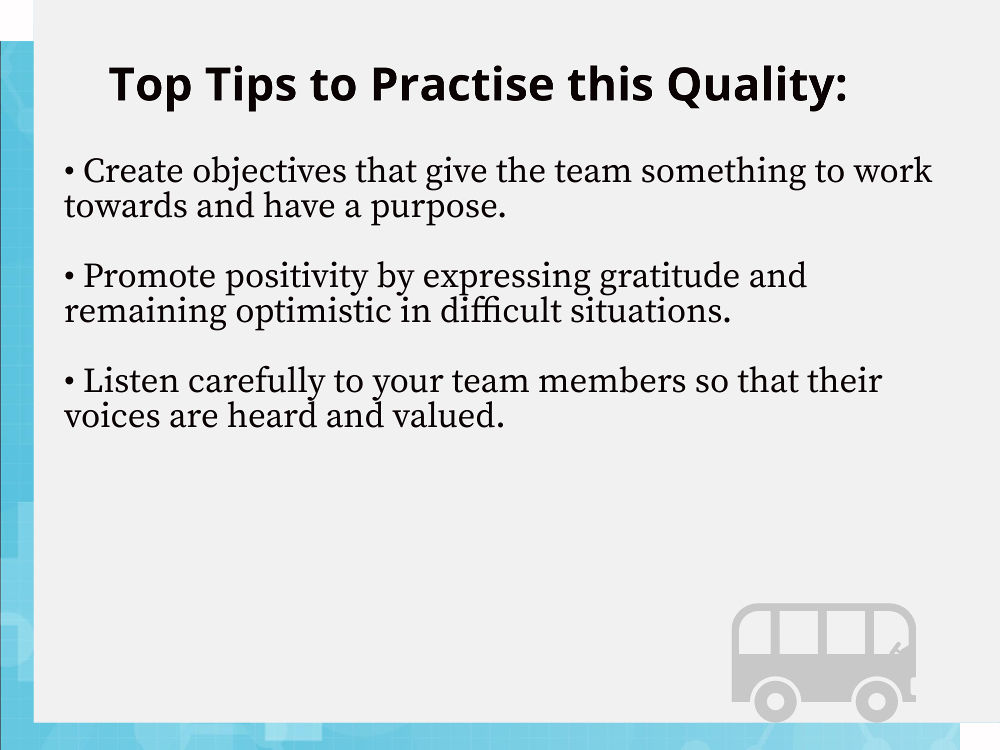
Going back to my original question at the start of this article, I think it’s fair to say that we’ve gained a useful insight into what makes a good leader.
We’ve covered 5 top leadership qualities which demonstrate that great leadership combines soft and hard skills to innovate and develop new possibilities in order to continuously improve the status quo.
Keeping in mind, of course, that leadership is not a one-man show but the guidance of a team that ultimately converts ideas into reality.
At times Leadership may seem a mystery, as we can find it in all shapes and sizes.
Given that the no ‘one-size-fits-all’ characteristic provides leaders the freedom of establishing their own unique style.
But the truth is that every great leader has a consistent and rock-solid foundation of specific skills and motivation.
— A foundation that every transport leader should aspire to in order to smoothly drive your company along the bumpy road to success.

ABOUT SCOTT FRANKLAND
Scott Frankland is Head of Content at Sengerio. His spirit of inquiry leads him to the world of transportation and mobility to connect with the industry’s leading experts and shine a light on the hot topics.